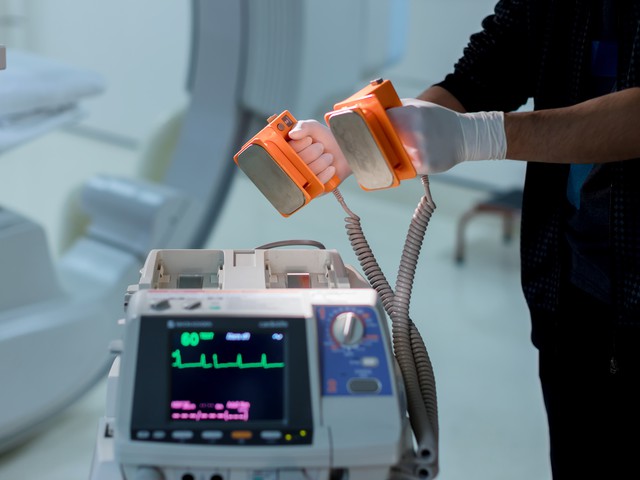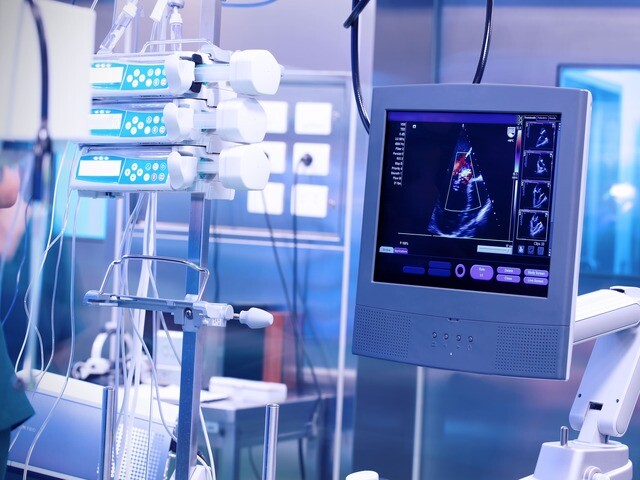In recent years, the integration of robotics in surgical procedures has garnered significant attention, revolutionizing the landscape of healthcare. From minimally invasive surgeries to precise interventions, robotic technology has transformed the way medical professionals approach various procedures. This article delves into the multifaceted role of robotics in surgical settings, highlighting its benefits, challenges, and future prospects.
Unveiling the Evolution of Surgical Robotics
The inception of surgical robotics dates back to the 1980s when the first robotic system, PUMA 560, assisted in neurosurgical biopsies. Since then, there has been a remarkable evolution, with advancements in engineering and technology paving the way for more sophisticated robotic platforms. Today, systems like the da Vinci Surgical System have become synonymous with robotic-assisted surgery, offering enhanced dexterity, precision, and control to surgeons.
Enhancing Precision and Accuracy
One of the primary advantages of robotic surgery is its unparalleled precision and accuracy. Traditional surgical methods often rely on manual dexterity, which can be limited by human factors such as hand tremors and fatigue. In contrast, robotic systems offer steady, tremor-free movements, enabling surgeons to perform intricate maneuvers with heightened precision. This precision is particularly advantageous in delicate procedures such as cardiac surgery, where the slightest error can have significant consequences.
Minimally Invasive Approaches
Robotic technology has facilitated the widespread adoption of minimally invasive surgical techniques. Minimally invasive procedures involve smaller incisions, resulting in reduced trauma, shorter recovery times, and improved patient outcomes. Robotic systems excel in this domain by providing surgeons with enhanced visualization and maneuverability in confined spaces. As a result, patients experience less postoperative pain and scarring, leading to faster rehabilitation and a quicker return to daily activities.

Overcoming Challenges and Limitations
Despite its numerous benefits, the integration of robotics in surgery is not without challenges. The high initial costs associated with acquiring and maintaining robotic systems can pose financial barriers for healthcare institutions. Additionally, the learning curve for surgeons transitioning to robotic-assisted techniques requires dedicated training and proficiency assessment. Furthermore, concerns regarding patient safety, such as the risk of technical malfunctions or system errors, underscore the importance of stringent regulatory oversight and continuous quality improvement initiatives.
Future Directions and Innovations
Looking ahead, the future of robotic surgery holds tremendous promise for further innovation and refinement. Advancements in artificial intelligence (AI) and machine learning are poised to enhance the capabilities of robotic systems, enabling autonomous decision-making and adaptive responses during procedures. Furthermore, the integration of haptic feedback technology could provide surgeons with tactile sensations, bridging the gap between virtual reality and real-world surgical environments. Moreover, ongoing research in nanorobotics and bio-inspired robotics offers glimpses into the potential applications of miniature robots for targeted drug delivery and precise tissue manipulation. For more articles, information, and resources about medical syringes, you can visit their page to learn more.
Conclusion
In conclusion, the role of robotics in surgical procedures continues to evolve, reshaping the landscape of modern healthcare. With its ability to enhance precision, enable minimally invasive approaches, and drive innovation, robotic technology holds immense promise for improving patient outcomes and advancing medical practice. However, addressing challenges related to cost, training, and safety remains imperative to ensure the widespread adoption and ethical implementation of robotic-assisted surgery. As we navigate the complexities of this technological frontier, collaboration between clinicians, engineers, and regulatory agencies will be essential in harnessing the full potential of robotics to transform surgical care.

